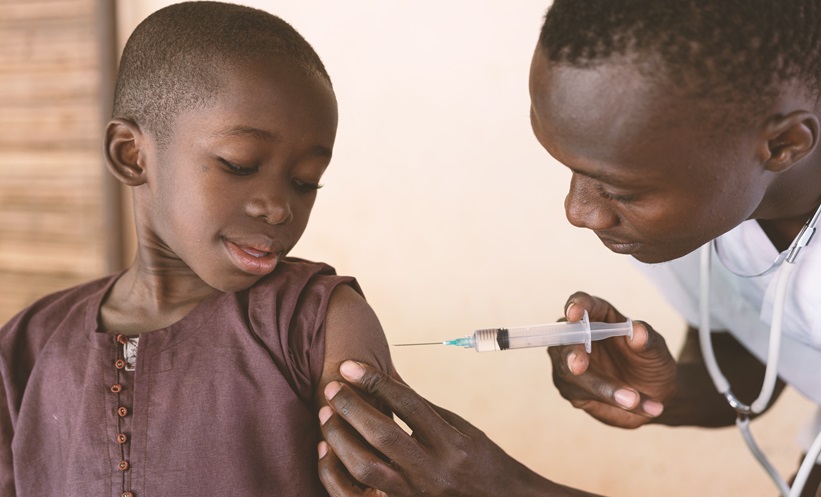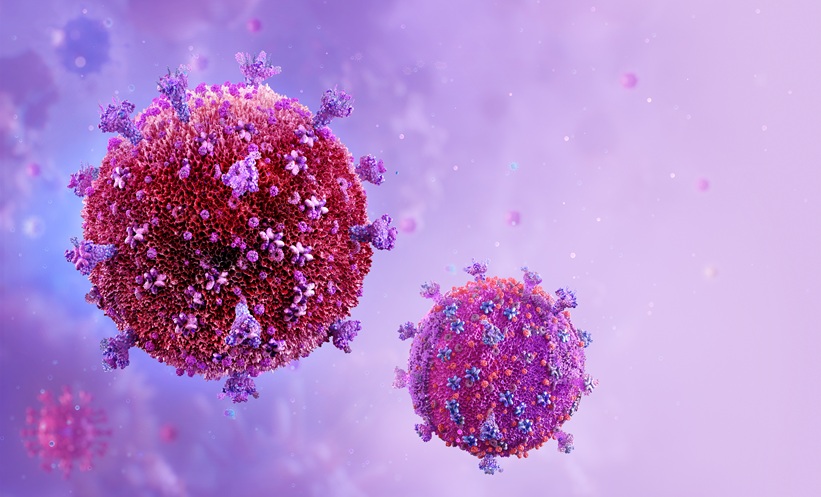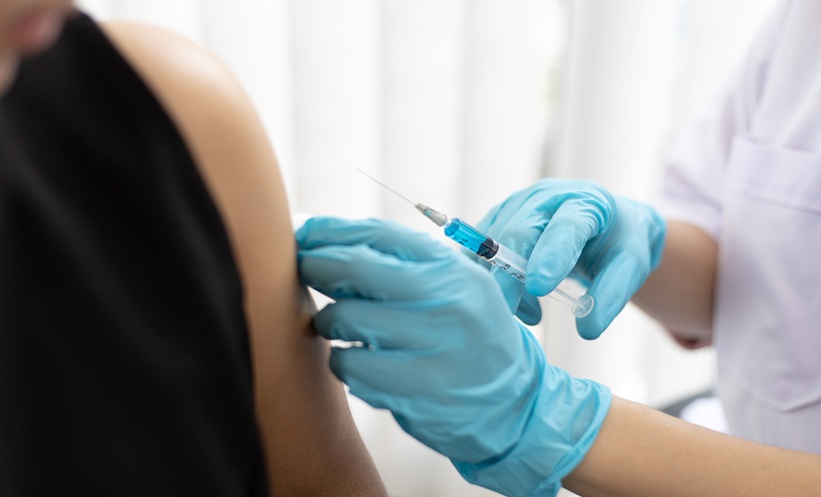NEW research highlights the emergence of artemisinin partial resistance in Ugandan children with complicated malaria, a development with significant implications for treatment protocols in high-burden regions.
Conducted in Jinja, Uganda, from 2021–2022, the prospective study investigated a total of 100 children, aged 6 months–12 years, requiring hospitalisation for severe malaria (febrile, microscopy-confirmed Plasmodium falciparum parasitaemia with evidence of severe disease that required hospitalisation). Intravenous artesunate, followed by oral artemether/lumefantrine, was administered to all participants.
Genetic analysis revealed partial resistance in 11 children, with eight carrying the Pfkelch13 A675V variant and two the C469Y variant. The A675V variant was significantly associated with a prolonged parasite clearance half-life, averaging 4.9 hours compared to 3.2 hours for wild-type parasites (P=0.005). Furthermore, 37.5% of A675V carriers exhibited resistance (parasite clearance half-life ≥5 hours) compared to 8.9% of wild-type cases (OR: 6.2; P=0.04).
Two children experienced early treatment failure, requiring extended artesunate therapy lasting 96 hours (A675V variant) and 120 hours (wild type). Additionally, 13 participants experienced recurrent malaria within 28 days, with PCR-adjusted data revealing a 10.3% recrudescence rate among 97 children with genotyping data. Recrudescence was not significantly associated with Pfkelch13 variations, occurring in 12.5% of A675V carriers and 10.1% of wild-type cases (P>0.99).
While artemisinin partial resistance due to Pfkelch13 variations has already been documented in East Africa in uncomplicated malaria, these findings raise concerns about the efficacy of artesunate-based therapies for complicated malaria. Although the study was limited by its single-site design and small sample size, the results suggest that artemisinin resistance, particularly linked to the A675V variation, could undermine treatment outcomes.
Given the global toll of malaria (608,000 deaths in 2022, predominantly from P. falciparum) these findings highlight the urgency of monitoring resistance patterns and evaluating alternative treatments. Adjustments to current WHO treatment guidelines may be necessary to address this emerging threat to child health in malaria-endemic regions.
Reference
Henrici RC et al. Artemisinin partial resistance in Ugandan children with complicated malaria. JAMA. 2024; DOI:10.1001/jama.2024.22343.








